My inbox is never normally a very exciting place to be but every now and then, out of trash comes a treasure… meet Mark Boellaard, a man who is doing just that – turning trash he collects from beaches, into art. On the 7th October 2017, we spoke with Mark to learn more about it.
Recently, I wrote an article about bags of trash being cleaned from the shores of the Lastovo Nature Park. My point in writing the piece was not only to draw attention to the issue but to ask the question – who is accountable? Yachts pay upwards of 300 kn to enter the Nature Park and it is stated that money goes towards ‘the care and maintenance’ of the park; so, if it is possible to clean so much plastic-waste in a small area, where is the ‘care and maintenance’?
I expected to be criticised for writing such a story (as I have been in the past) but instead, I found a lovely email waiting in my inbox for me.
“I just read your article about the bags of plastic on Lastovo and wanted to let you know that I am a Dutch-born artist living on Hvar, I got fed up seeing all the trash on the beaches, especially in winter; so, out of frustration I started cleaning the beaches here and making art with the collected material.
So, good on you for speaking out and never mind the haters!”
Not wanting to leave it at that, I got back in touch with Mark Boellaard to learn more.
Tell me about you and your art?
I am a Dutch artist who has been living on Hvar since 2012 and I am primarily known for my collage work. Two years ago, I had the idea of using the trash I encountered on the beaches of Hvar in winter as material for new art.
I began to clean some beaches on the Southern side of the island and started working with the collected material – the material consists mostly of driftwood and a wide variety of plastic. After an experimental phase, I came up with a style of assemblages somewhere between tribal, avant-garde and post-apocalyptic art.
During the biannual ‘Hvar For Art’ Festival last month I had my first exhibition of this work at the Johnny Blind Gallery in Hvar.
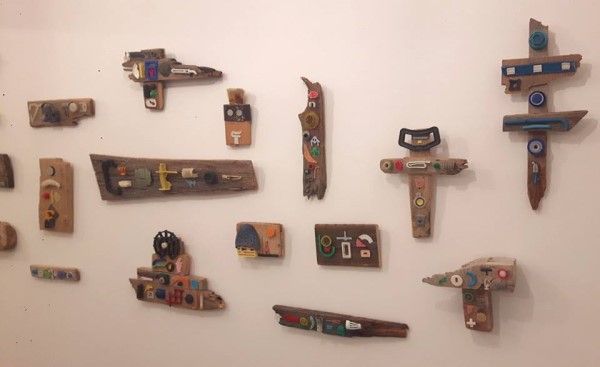
During the Festival we also did a beach clean-up of the small beach of Veli Rat. The next day we organised a workshop for the local children where they created their own art with the trash found on the beach; later that day we organised a small exhibition of the children’s work.

I love the sea and swim all year-round (another reason to protect it); my wife and I are the organisers of the annual Hvar New Year's Day Dive.
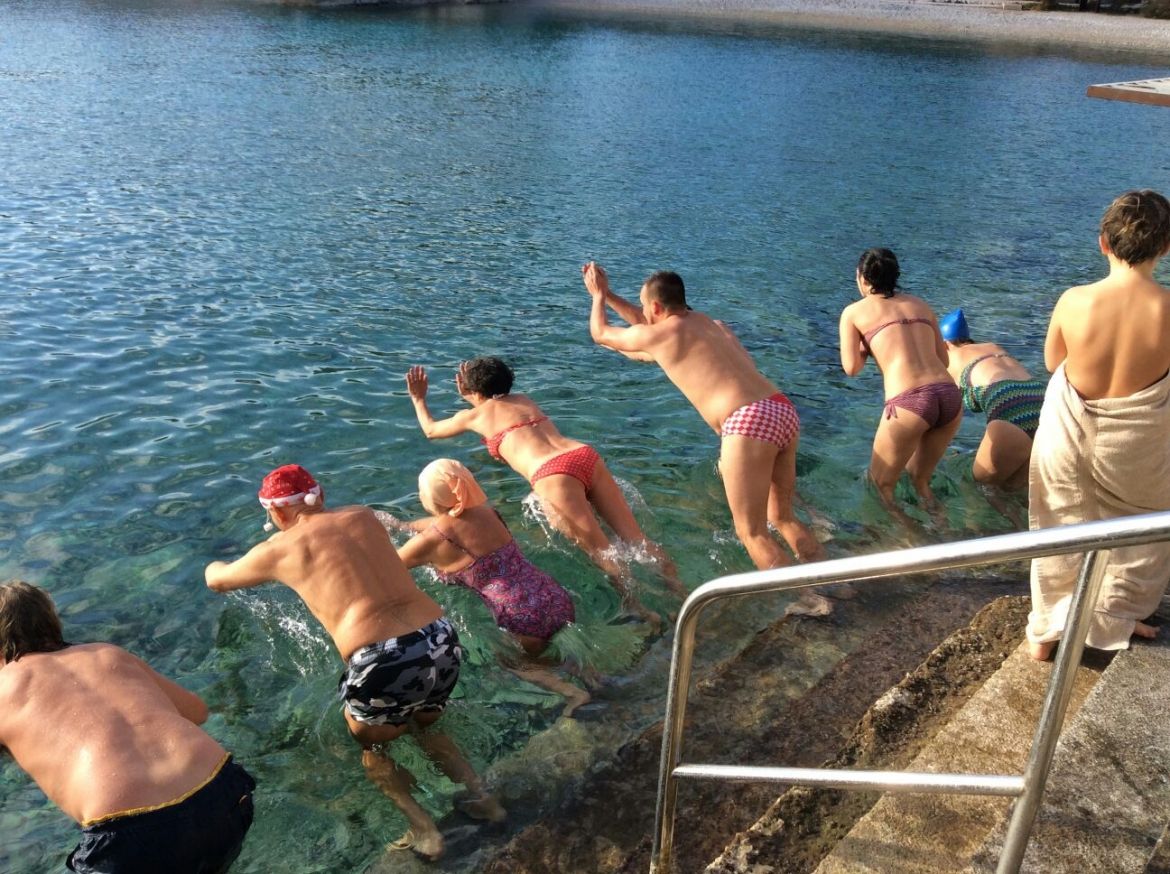
We are also the founders of Polarni Tovari/Polar Donkeys, a (very) small group of winter swimmers on Hvar.
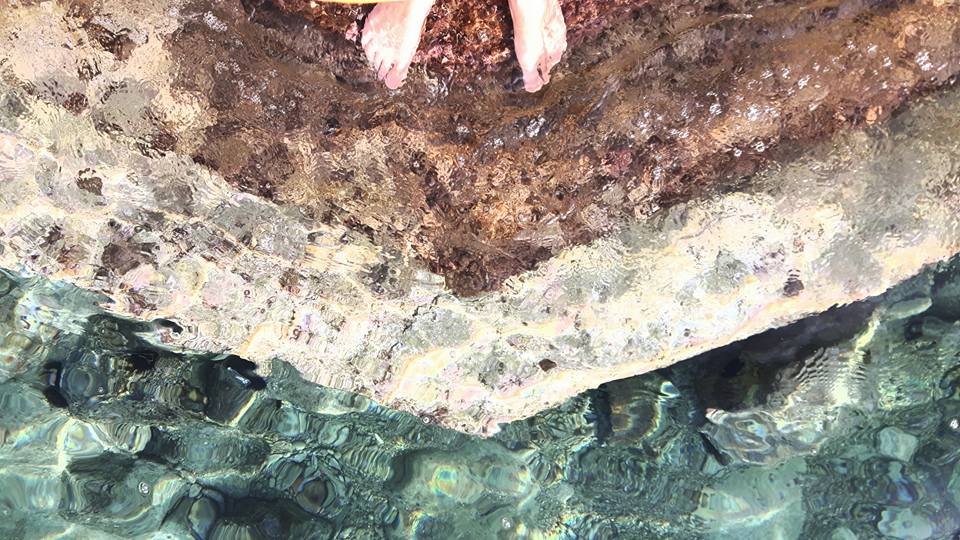
What else do you do in your daily lives to reduce waste/plastic?
We have our own vegetable garden and are growing vegetables year-round. We have a compost heap, so no organic waste goes into the garbage bin. In general, we are conscious of the waste we produce and try to avoid buying products with plastic whenever possible, but there’s still room for improvement.
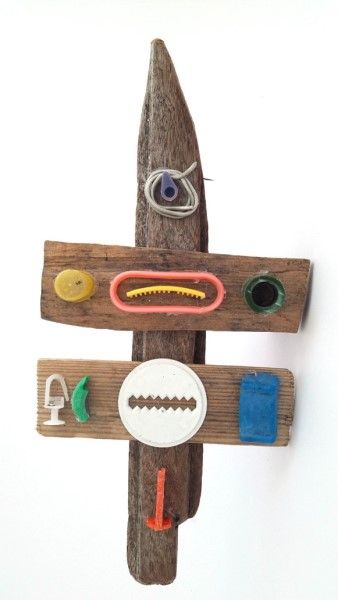
What is the overall attitude by locals to recycling and sustainable living?
Just a few decades ago on Hvar, the only way of living was in a sustainable manner. At this moment, I would say a lot of people are not aware of these issues and the government is not doing enough in terms of education and general environmental policies.
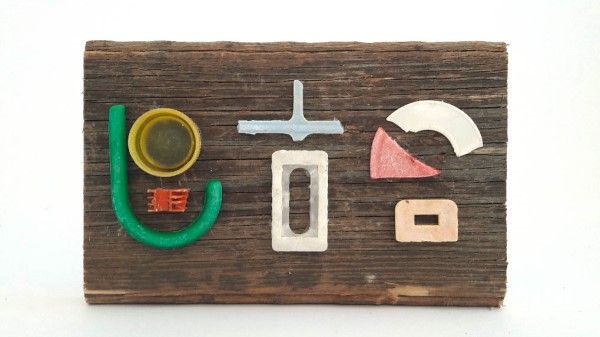
What has been the reaction to your project by locals and visitors?
The reaction to my artwork has been overwhelmingly positive, both from local and visitors. People really like the art on an aesthetic level, while also appreciating the source of the material. I had a successful exhibition during the festival last month.
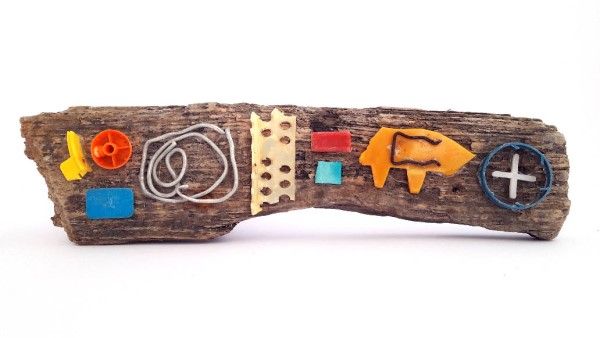
Mark lives on Hvar with his wife, two young daughters, and dog and they are all clearly making a positive impact on their community. Thanks for sharing your story with us Mark!
If you know of any other ‘feel-good’ stories that deserve to be told, why not reach out to us? You can contact us on Facebook or email This email address is being protected from spambots. You need JavaScript enabled to view it.
All images courtesy of Mark Boellaard.


